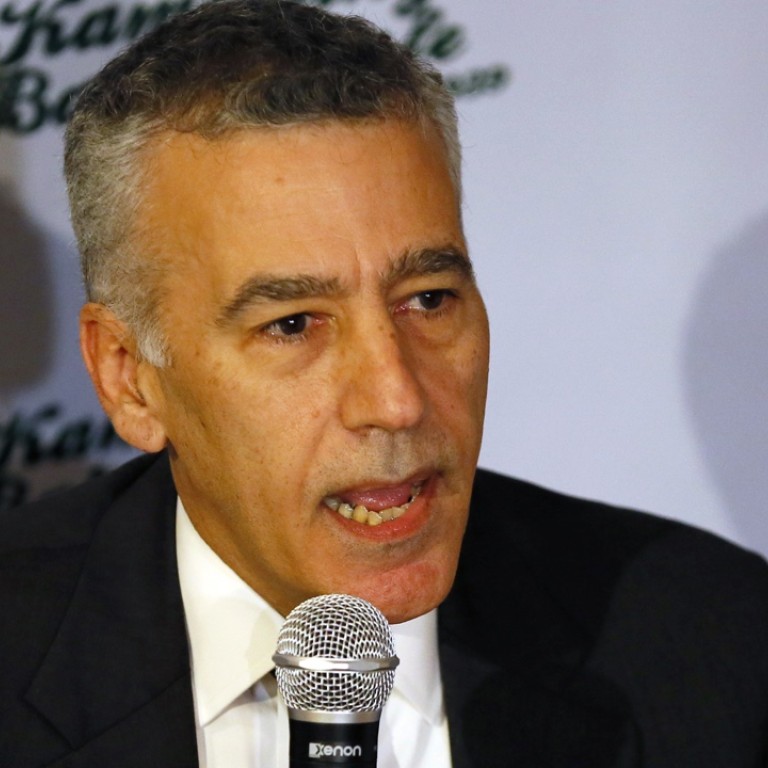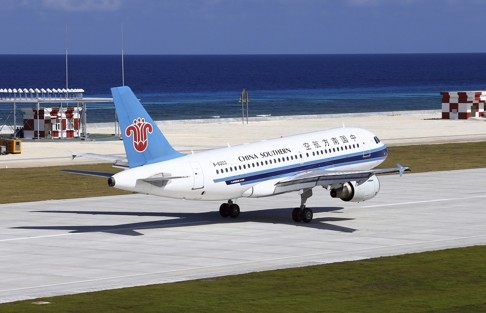
Ambassador: US to continue South China Sea flights and sail-bys despite Beijing’s protests
The US ambassador said Wednesday joint patrols with the Philippines are possible in the South China Sea, where the United States has asserted its freedom to navigate by sending planes and ships into China-claimed areas.
Manila protested when a commercial Chinese aircraft landed recently on one of several artificial islands Beijing has built in the Spratlys, and officials say China has essentially declared an air defence identification zone over the sea by issuing “provocative” challenges to Philippine military flights in the area.
Ambassador Philip Goldberg said the US and the Philippines both have deep interest in ensuring freedom of navigation and he is not discarding the possibility of joint patrols in the area.
Two US warships have sailed by China-claimed islands in the Spratly and Paracel island chains since October.
On Saturday, a US Navy destroyer sailed within 12 nautical miles of an island claimed by China in the South China Sea, prompting an angry reaction from Beijing.

“I am not going to announce beforehand what we do in terms of freedom of navigation, but suffice it to say that the United States will follow international law, will continue to enjoy our rights under international law to sail through international waters or fly to international air space,” Goldberg told a media forum.
Philippine Foreign Secretary Albert del Rosario said last week the officials discussing possible joint patrols were looking at an area within the Philippines’ exclusive economic zone.
“I am not going to prejudge what we are going to do and when we are going to do it, whether we are going to do it with the Philippines or with others, but we do discuss that principle with the Philippines and so I am not discarding that possibility,” Goldberg added when asked if a proposal for US joint patrols with the Philippines has been approved.

Tensions have risen in the last two years after China built islands on disputed reefs in the Spratly Islands chain that China’s neighbours fear could be used to threaten their territories. China and Taiwan have nearly identical claims to almost the entire South China Sea while the Philippines, Vietnam, Malaysia and Brunei say parts of the sea belong to them. The United States does not claim part of the territory but says it has interest in the peaceful settlement of the disputes and in freedom of navigation in waters that are critical for world trade.
“We seek the best possible relationship with China but we would also like to see the engagement of the entire region on solutions that are rules-based and not unilateral,” Goldberg said. Forging of a code of conduct in the area “to us is the way to go,” he added.
The Philippines has challenged Beijing before the arbitration court in The Hague, a case Beijing has not recognised.
Additional reporting by Reuters

